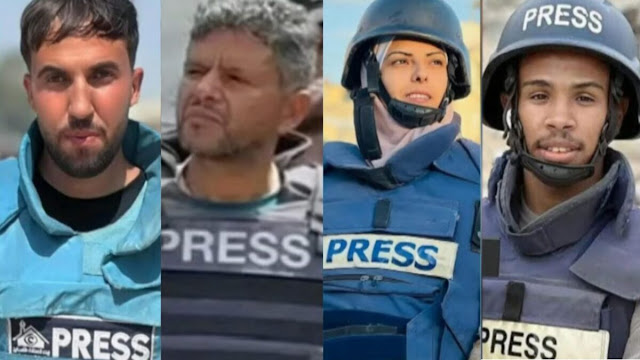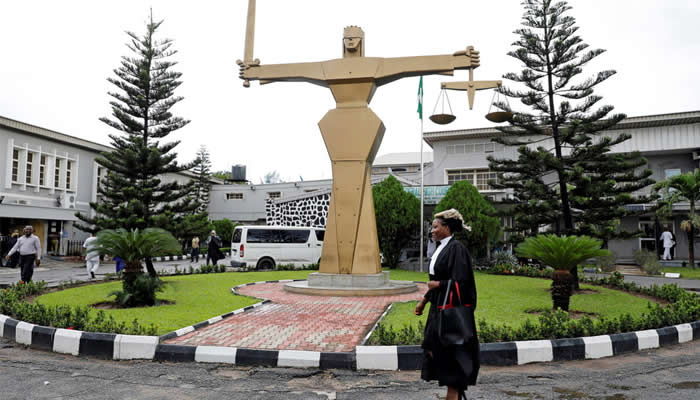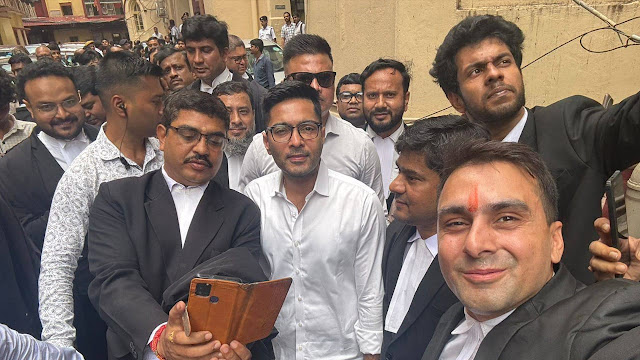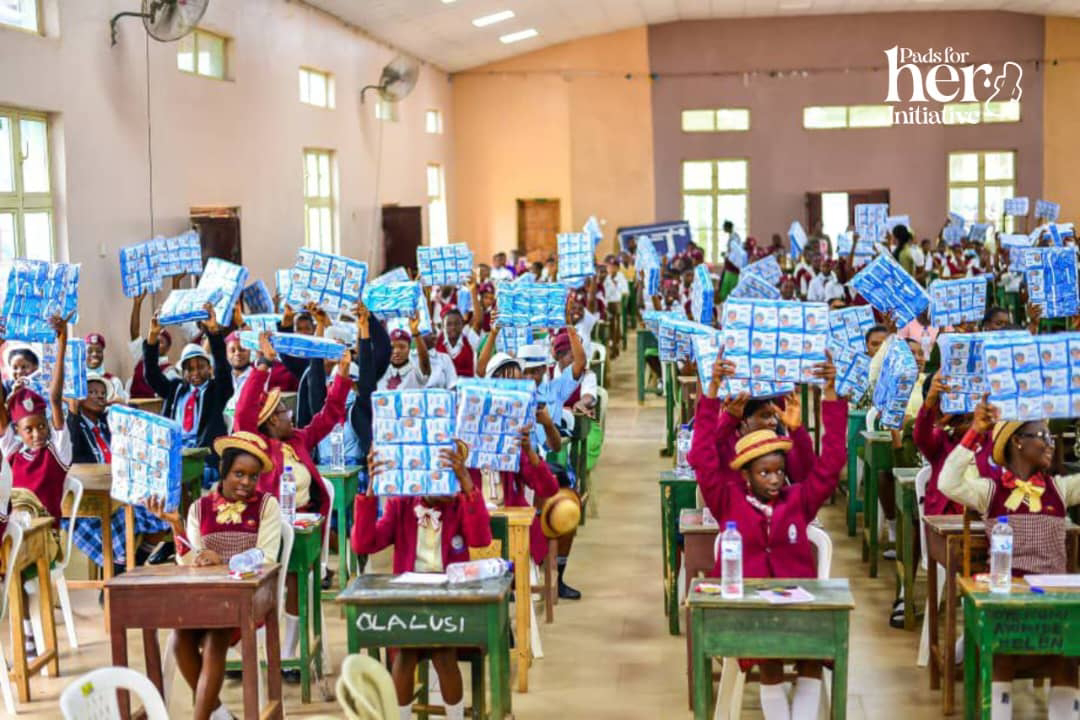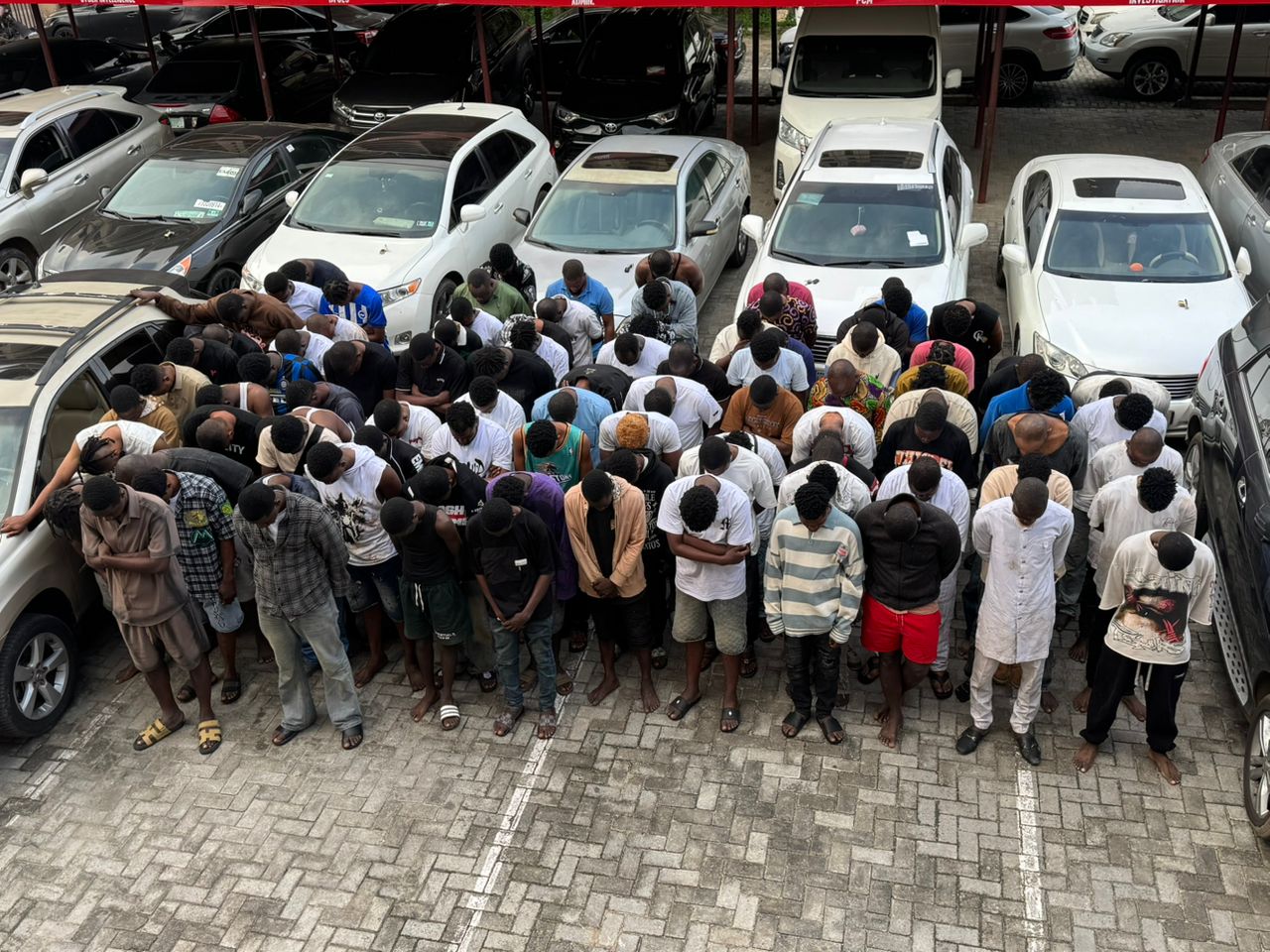On Monday, August 25, 2025, a devastating Israeli airstrike on Nasser Hospital in the southern Gaza Strip claimed the lives of at least 15 people, including four journalists working for international media outlets. The attack, which targeted one of Gaza’s largest medical facilities, has drawn widespread condemnation and reignited debates about the targeting of civilians and media personnel in conflict zones. Among the victims were a Reuters cameraman, an Associated Press (AP) journalist, an Al Jazeera journalist, and a freelance photographer, highlighting the perilous conditions faced by journalists covering the Israel-Hamas conflict. The Hamas-run Civil Defence reported that the casualties resulted from two successive strikes, with the second hitting as rescuers responded to the initial attack. This article explores the details of the incident, the identities of the victims, the responses from involved parties, and the broader implications for journalism, humanitarian law, and the ongoing conflict in Gaza.
The Attack on Nasser Hospital
The strike on Nasser Hospital, located in Khan Younis in the southern Gaza Strip, occurred in the early hours of August 25, 2025, amidst escalating violence in the region. According to the Hamas-run health ministry, the attack began with a missile striking the fourth floor of the hospital, a critical facility providing medical care to thousands of displaced and injured Palestinians. As rescuers, medical personnel, and journalists rushed to the scene to assist the victims, a second missile hit the same location, amplifying the devastation. The Hamas-run Civil Defence reported that this double-strike tactic resulted in the deaths of at least 15 people, including one of its own members, and left several others injured.
The targeting of a hospital, a protected site under international humanitarian law, has sparked outrage and raised questions about the conduct of military operations in densely populated areas. Nasser Hospital, one of the few functioning medical facilities in Gaza, has been a lifeline for civilians amid the ongoing conflict, which has displaced over 1.9 million people and caused widespread destruction. The attack’s timing, during a period of heightened Israeli military operations in southern Gaza, underscores the challenges of providing medical care and journalistic coverage in a war zone.
The Victims: Journalists and Civilians
Among the 15 fatalities were four journalists, whose deaths have drawn particular attention due to their role in documenting the conflict. The identified victims include:
Husam al-Masri, a cameraman for Reuters, known for his courageous reporting from Gaza’s frontlines. Reuters issued a statement expressing profound grief, describing al-Masri as a dedicated professional whose work shed light on the human cost of the conflict.
Mariam Dagga, a 33-year-old freelance journalist working for the Associated Press. AP released a statement saying it was “shocked and saddened” by her death, praising her commitment to journalism and her ability to capture the stories of ordinary Palestinians.
Mohammed Salameh, a journalist for Al Jazeera, whose reporting had focused on the humanitarian crisis in Gaza. Al Jazeera condemned the attack, calling it a deliberate targeting of media personnel.
Muath Abu Taha, a freelance photographer initially reported to have worked for NBC, though the network later clarified that he was not affiliated with them. Abu Taha’s work had been widely circulated, capturing the devastation in Gaza through powerful imagery.
The remaining victims included civilians and a member of the Hamas-run Civil Defence, though their identities have not been fully disclosed. The loss of these journalists, who risked their lives to report on the conflict, has sent shockwaves through the international media community, highlighting the extreme dangers faced by those covering war zones.
The Israeli Military’s Response
The Israeli Defense Forces (IDF) acknowledged carrying out the strike on Nasser Hospital but maintained that it was targeting Hamas operatives allegedly operating within or near the facility. In a statement issued on August 25, 2025, the IDF said, “The Israeli military conducted an attack on a target in the vicinity of Nasser Hospital based on precise intelligence. An investigation has been ordered to review the circumstances of the strike.” The statement emphasized that the IDF “does not target journalists as such,” a claim that has been met with skepticism by human rights groups and media organizations given the high number of journalist casualties in the conflict.
The IDF’s assertion that it does not deliberately target journalists aligns with its broader policy of denying intentional attacks on civilians or protected sites. However, the use of hospitals as alleged military targets has been a contentious issue in the Israel-Hamas conflict, with Israel accusing Hamas of using civilian infrastructure, including hospitals, as shields for military activities. Hamas, in turn, has denied these claims, accusing Israel of targeting civilian facilities to maximize casualties and disrupt humanitarian efforts.
The IDF’s decision to order an investigation suggests an acknowledgment of the strike’s severity and the international outcry it has provoked. However, past investigations into civilian casualties have often been criticized for lacking transparency or accountability, raising doubts about whether the inquiry will yield meaningful results. The double-strike tactic, which killed rescuers responding to the initial attack, has drawn particular scrutiny, as it mirrors patterns observed in other conflicts that have been flagged as potential violations of international law.
The Context: A Deadly Conflict for Journalists
The August 25 strike on Nasser Hospital comes just two weeks after another deadly attack on journalists in Gaza. On August 11, 2025, six journalists, including four from Al Jazeera, were killed in an Israeli airstrike near al-Shifa Hospital in Gaza City. That incident, described as a “targeted attack” by Hamas, further escalated concerns about the safety of media personnel in the region. According to the Committee to Protect Journalists (CPJ), at least 90 journalists and media workers have been killed in Gaza since the onset of the current conflict in October 2023, making it one of the deadliest periods for journalists in modern history.
The targeting of journalists, whether intentional or incidental, violates international humanitarian law, which protects media personnel as civilians unless they are directly participating in hostilities. The CPJ and other organizations, such as Reporters Without Borders, have called for independent investigations into the deaths of journalists in Gaza, arguing that the high casualty rate suggests a pattern of deliberate targeting. The loss of experienced reporters like Husam al-Masri and Mariam Dagga not only deprives the world of critical voices but also undermines efforts to document the human toll of the conflict.
The Humanitarian Crisis in Gaza
The attack on Nasser Hospital must be understood within the broader context of the humanitarian crisis in Gaza. Since the escalation of hostilities between Israel and Hamas in October 2023, the Gaza Strip has faced unprecedented destruction. The United Nations estimates that over 40,000 Palestinians have been killed, with more than 90,000 injured and 1.9 million displaced. The blockade of Gaza has severely restricted access to food, water, medicine, and fuel, exacerbating the crisis and overwhelming medical facilities like Nasser Hospital.
Hospitals in Gaza have been repeatedly targeted or caught in the crossfire, with the World Health Organization (WHO) reporting that only 17 of Gaza’s 36 hospitals remain partially functional as of August 2025. The destruction of medical infrastructure has left thousands without access to care, particularly for chronic conditions and war-related injuries. The strike on Nasser Hospital, a key facility serving southern Gaza, has further strained the region’s capacity to respond to the crisis, putting countless lives at risk.
The targeting of hospitals also raises significant legal and ethical questions. Under the Geneva Conventions, medical facilities are protected from attack unless they are being used for military purposes. Israel’s claims that Hamas operates within hospitals have been used to justify strikes, but the lack of transparent evidence has fueled accusations of war crimes. The international community, including the United Nations and human rights organizations, has called for accountability and an end to attacks on civilian infrastructure.
Reactions from Media Organizations
The deaths of the four journalists prompted immediate and heartfelt responses from their respective organizations. Reuters issued a statement mourning the loss of Husam al-Masri, describing him as a “talented and dedicated professional” whose work had a profound impact. “We are devastated by the loss of Husam, who risked his life to bring the truth to the world,” the statement read. The Associated Press expressed similar grief over the death of Mariam Dagga, noting her “passion for storytelling” and her role in documenting the struggles of Palestinians. “We are shocked and saddened by Mariam’s death,” AP said. “Her loss is a tragedy for journalism and for those who relied on her reporting.”
Al Jazeera, which lost Mohammed Salameh in the strike, condemned the attack as a “deliberate assault on journalists” and called for an international investigation. The network, which has faced significant losses in Gaza, reiterated its commitment to covering the conflict despite the risks. NBC’s clarification that Muath Abu Taha was not affiliated with the network aimed to correct misinformation but did little to diminish the tragedy of his death, as his photography had contributed to global awareness of Gaza’s plight.
Media organizations have also called for greater protections for journalists in conflict zones. The CPJ urged the international community to pressure Israel to ensure the safety of media workers, while Reporters Without Borders demanded an independent inquiry into the Nasser Hospital strike. These calls reflect a growing recognition of the need to safeguard journalists, whose work is essential to documenting human rights abuses and holding parties accountable.
The Broader Implications for Journalism
The deaths of Husam al-Masri, Mariam Dagga, Mohammed Salameh, and Muath Abu Taha underscore the extreme dangers faced by journalists in war zones. Covering conflicts like the Israel-Hamas war requires immense courage, as reporters navigate active combat zones, targeted attacks, and limited access to resources. The high casualty rate among journalists in Gaza has raised concerns about the erosion of press freedom and the ability to report on the conflict without fear of reprisal.
Journalists play a critical role in exposing the realities of war, from civilian suffering to military actions. Their work informs global audiences, shapes public opinion, and influences policy decisions. The loss of experienced reporters like those killed at Nasser Hospital diminishes the world’s ability to understand the conflict’s full scope, leaving gaps in the narrative that can be exploited by propaganda or misinformation.
The incident also highlights the challenges of operating in a polarized media environment. Coverage of the Israel-Hamas conflict is often fraught with accusations of bias, with both sides claiming that media outlets favor their opponents. Journalists like al-Masri and Dagga, who worked for international outlets, faced the dual challenge of reporting objectively while navigating a conflict where neutrality is often questioned. Their deaths are a stark reminder of the personal risks they undertake to uphold journalistic integrity.
International Humanitarian Law and Accountability
The strike on Nasser Hospital raises significant questions about compliance with international humanitarian law (IHL). The Geneva Conventions explicitly protect hospitals, medical personnel, and civilians, including journalists, from attack. The use of a double-strike tactic, which targets rescuers responding to an initial attack, has been widely criticized as a potential war crime, as it deliberately endangers those providing aid. Human rights organizations, including Amnesty International and Human Rights Watch, have called for an independent investigation into the Nasser Hospital strike, arguing that the pattern of attacks on civilian infrastructure demands accountability.
The IDF’s claim that it was targeting Hamas operatives within the hospital has been met with skepticism, as similar justifications have been used in past strikes without conclusive evidence. The lack of transparency in Israel’s investigations into civilian casualties has fueled accusations of impunity, with critics arguing that internal probes rarely lead to accountability. The international community, including the International Criminal Court (ICC), which is investigating alleged war crimes in Gaza, may face pressure to examine the Nasser Hospital strike as part of its broader inquiry.
The targeting of journalists, even if unintentional, also violates IHL, which grants media personnel civilian status. The CPJ has documented a pattern of journalist deaths in Gaza that suggests either deliberate targeting or reckless disregard for civilian safety, both of which warrant scrutiny. The international community’s response to these incidents will set a precedent for how similar cases are handled in future conflicts.
The Israel-Hamas Conflict: A Continuing Cycle of Violence
The Nasser Hospital strike is a microcosm of the broader Israel-Hamas conflict, which has roots in decades of territorial disputes, political tensions, and cycles of violence. The current escalation, which began in October 2023 following Hamas’s attack on southern Israel, has resulted in unprecedented destruction in Gaza. Israel’s military operations, aimed at dismantling Hamas’s infrastructure, have led to widespread civilian casualties and infrastructure damage, while Hamas’s rocket attacks and tunnel operations continue to threaten Israeli civilians.
The conflict’s toll on Gaza’s civilian population is staggering. The UN reports that over 70% of Gaza’s housing has been damaged or destroyed, and access to basic necessities like food and water is critically limited. The targeting of hospitals, schools, and media facilities has drawn international condemnation, with calls for a ceasefire growing louder. However, negotiations between Israel and Hamas, mediated by countries like Egypt and Qatar, have repeatedly stalled, leaving little hope for an immediate resolution.
The deaths of journalists in Gaza highlight the conflict’s impact on those tasked with documenting its realities. Without their work, the world’s understanding of the situation would be limited to official statements and propaganda, underscoring the need to protect media personnel as essential actors in conflict zones.
The Role of the International Community
The international community faces a critical test in responding to the Nasser Hospital strike. The United States, a key ally of Israel, has faced pressure to address the high civilian toll in Gaza, particularly in light of its military and financial support for Israel. The Biden administration has called for restraint and the protection of civilians but has stopped short of condemning specific strikes like the one on Nasser Hospital. The European Union, United Nations, and Arab League have issued stronger statements, urging an immediate ceasefire and investigations into potential war crimes.
The role of international media organizations is also crucial. Outlets like Reuters, AP, and Al Jazeera have a responsibility to advocate for their fallen colleagues while continuing to cover the conflict. Collaborative efforts, such as those led by the CPJ and Reporters Without Borders, can amplify calls for accountability and press freedom, ensuring that the deaths of al-Masri, Dagga, Salameh, and Abu Taha are not forgotten.
The Human Cost: Stories Behind the Headlines
Beyond the statistics and legal debates, the Nasser Hospital strike is a human tragedy. Husam al-Masri, Mariam Dagga, Mohammed Salameh, and Muath Abu Taha were not just journalists but individuals with families, aspirations, and stories of their own. Their work in Gaza, often conducted under unimaginable conditions, was driven by a commitment to truth and justice. Their deaths leave a void in their newsrooms and communities, as well as in the global effort to document the conflict.
The civilian victims, including the Civil Defence member, represent the countless ordinary Palestinians caught in the crossfire. Their stories, often overshadowed by the broader narrative, remind us of the human cost of war. The survivors, including those injured in the strike, face a long road to recovery in a region with dwindling medical resources.
Moving Forward: Accountability and Protection
The Nasser Hospital strike demands a multifaceted response, from accountability for the perpetrators to enhanced protections for journalists and civilians. An independent international investigation, potentially led by the UN or ICC, could provide clarity on the circumstances of the attack and ensure justice for the victims. Such an inquiry would need to examine the IDF’s intelligence, targeting protocols, and adherence to IHL, as well as Hamas’s alleged use of civilian infrastructure.
Protecting journalists in conflict zones requires concrete measures, such as embedding media safety protocols in military operations and providing training and resources for reporters working in high-risk areas. The international community could also establish a fund to support the families of fallen journalists, ensuring that their sacrifices are recognized and their dependents cared for.
For Gaza, the path forward is fraught with challenges. Rebuilding the region’s infrastructure, including hospitals like Nasser, will require significant international aid and a sustained ceasefire. Addressing the root causes of the conflict—occupation, displacement, and inequality—will be essential to breaking the cycle of violence.
Conclusion: A Call for Justice and Humanity
The Israeli strike on Nasser Hospital on August 25, 2025, which killed 15 people, including four journalists, is a tragic chapter in the ongoing Israel-Hamas conflict. The deaths of Husam al-Masri, Mariam Dagga, Mohammed Salameh, and Muath Abu Taha underscore the dangers faced by those who risk their lives to report the truth. The attack on a hospital, a symbol of hope and healing, highlights the devastating impact of war on civilians and the urgent need for accountability.
As the international community grapples with the fallout, the incident serves as a call to action—to protect journalists, uphold humanitarian law, and work toward a just resolution to the conflict. The stories of the victims, from the journalists who documented Gaza’s pain to the civilians caught in the crossfire, must not be forgotten. Their loss is a reminder of the human cost of war and the imperative to strive for peace, justice, and humanity in one of the world’s most intractable conflicts.


